I've just discovered blue laundry detergent is toxic to humans and the environment – this is the safer, plant-based alternative laundry experts recommend
I’ve switched to Ecover dye-free liquid detergent to knock unnecessary toxins out of my laundry cycle for good


I don’t give my child anything to eat that is unnaturally blue and recently, I stopped to wonder why on earth I was using artificially blue laundry detergent to clean her clothes.
It made me question if the dye serves a vital purpose, so I spoke to cleaning and laundry experts, who have revealed the unnaturally blue ones irritate skin, are bad for the environment and should be given a wide berth. Luckily, they've recommended great plant-based alternatives to use instead.
What I learned from these experts led me to permanently swap to Ecover's dye-free laundry detergent – one more step in creating a non-toxic home for my family. I implore you to do the same.
Why is some liquid laundry detergent blue?
In short, the blue additives in laundry detergent produce an optical illusion to make dingy whites white again and colorful fabric more vibrant. It is not vital when doing your laundry, and does not help your detergent clean any better.
In fact, the professional cleaning and laundry experts I've spoken to about this reveal it should be avoided over the longer term, and especially so if your skin is sensitive.
Karina Toner, operations manager and professional cleaner with Spekless explains, ‘The vibrant blue color in many conventional laundry detergents often comes from dyes or optical brighteners.
'These additives are used to give the illusion of cleaner, brighter fabrics by absorbing UV light and reflecting blue light back to the eye – this can make whites appear “whiter” and colors more vivid. It’s largely a visual effect, designed more to satisfy consumer expectations than to improve actual cleaning performance.’
Design expertise in your inbox – from inspiring decorating ideas and beautiful celebrity homes to practical gardening advice and shopping round-ups.
The most important question I put to my experts was whether or not this additive is toxic. Karina says, ‘Many optical brighteners and synthetic dyes are classified as non-biodegradable and can cause skin irritation in sensitive individuals.
'While they’re generally considered safe in small quantities by regulatory agencies, their long-term environmental impact is concerning.
'These substances often end up in waterways, where they can persist and affect aquatic life. Plus, their presence in laundry products can be unnecessary for anyone seeking a more natural, skin-friendly laundry routine.’
It's not uncommon either. Dr. Bruce Jarnot, a toxicologist and product compliance advisor at Assent says there are over 50 optical brighteners used commercially today in laundry detergent.
He explains, 'These chemicals can irritate sensitive skin, intentionally persist in the fabrics that we wear, and excess brighteners are discharged into wastewater. These substances may impact human health and often persist in the environment.'
Cofounder of hypoallergenic No Scrubs laundry cleaning and delivery service, Matt O'Connor, explains specifically which ingredients to swerve so you don't end up with a blue one.
He says, ‘Watch out for benzene-based brighteners, 1, 4-dioxane, and nonylphenol ethoxylates – all of these are linked to potential health and environmental issues.’
Advisories from the United States Environmental Protection Agency reveal that nonylphenols and nonylphenol ethoxylates, commonly used in laundry detergents to be toxic and harmful to aquatic life, with traces found in human breast milk, blood, and urine. These 'NPs' have also been associated with reproductive and developmental effects in rodents.
Matt’s top safe pick crosses over with Karina's. The experts both highly rate and recommend Seventh Generation Free & Clear, available at Walmart, which uses plant-based enzymes to tackle tough stains while meeting EPA Safer Choice standards.
Bruce recommends the Tide Free and Gentle liquid detergent, which is available at Walmart, adding that it 'regularly scores high on performance and does not contain dyes or fragrances.'
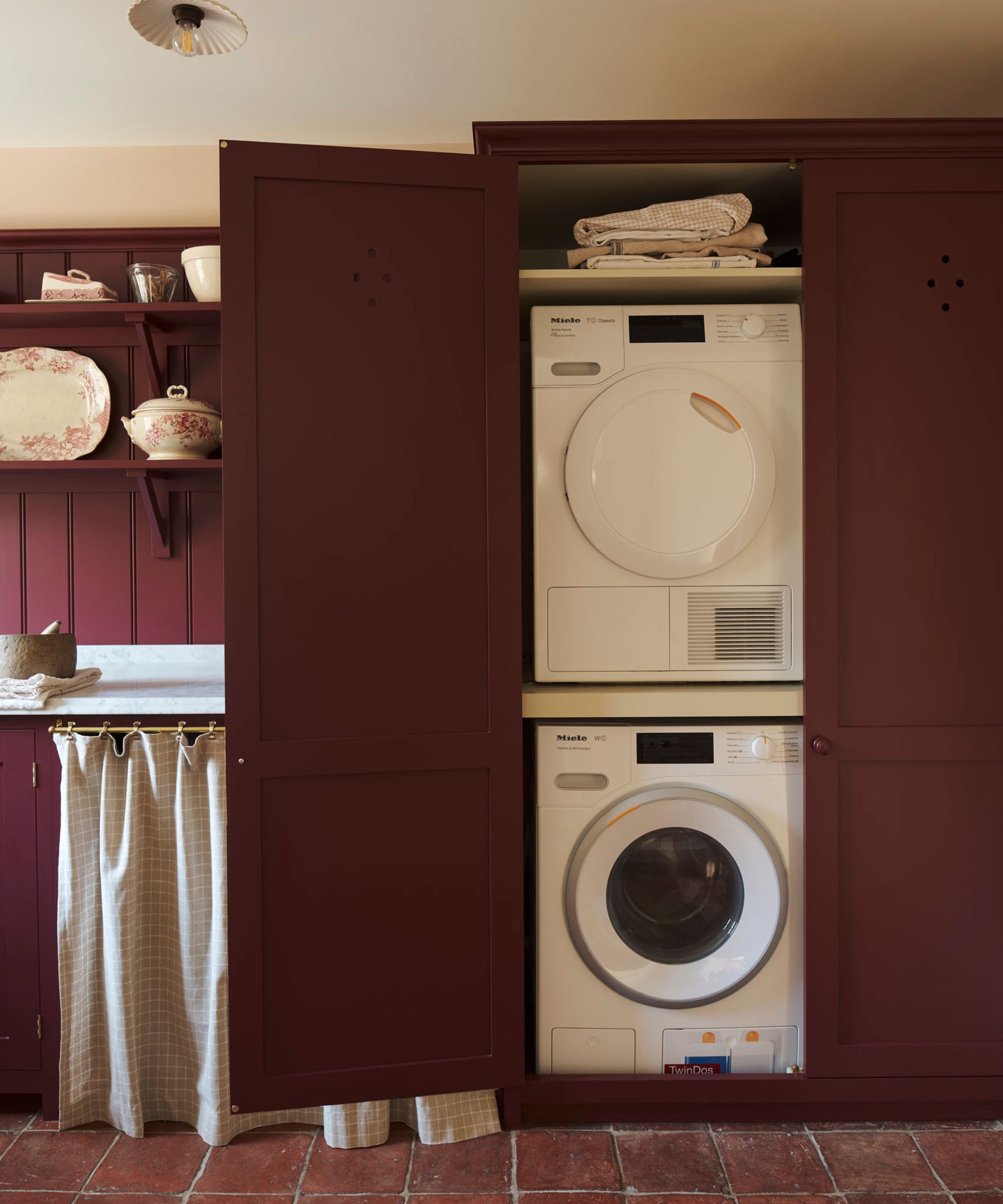
I've stocked my laundry room with dye-free detergents.
This was particularly interesting information from the experts, as my daughter and I sometimes get triggered by laundry detergents, but haven't been able to pinpoint what exactly sets us off. However, it has been a clear sign it's time to switch to more non-toxic detergents.
In the past, I opted for non-bio liquid detergents that rinse off easily, used only the minimum amount needed and put our clothes in the washer on an extra rinse cycle. Even so, sometimes we’d both have itchy patches on our skin or eczema flares pop up.
Now I feel quite convinced it was the blue dye, as it's been six weeks since I ditched the blue laundry detergent for the gentle and natural Ecover dye-free liquid detergent from Amazon, and we've had zero issues.
Additionally, our white and colored clothing, bedding and towels look as clean and bright as ever. I don’t see any difference since ditching the optical blue additives.
This tracks with what Karina has to say about whether laundry detergents need this blue hue to work well. She says, ‘Not at all. The cleaning power of a detergent comes from its surfactants and enzymes, not from dyes or brighteners.
‘These extra ingredients may help fabrics appear cleaner, but they don’t play a direct role in removing dirt, oil, or bacteria. Many dye-free and fragrance-free detergents perform just as effectively, if not more so, especially for households with sensitive skin or a preference for greener living.’
Karina is a strong advocate of not needing harsh chemicals to clean effectively. Laundry pro Matt agrees, adding, ‘We see plenty of customers getting excellent results without optical brighteners.'
Matt recommends:
- Enzyme formulas.
- Oxygen bleach alternatives such as peroxide and Molly's Suds Oxygen Whitener from Walmart.
- Smart pre-treating. Setting up a stain station will help you tackle spills ASAP, avoiding the need for harsh or repeated cleans.
Non-toxic laundry essentials
These are the dye-free laundry detergents our experts highly recommend as they clean thoroughly without relying on artificial colors or overpowering scents, proving you really don’t need bright blue detergent to get brilliant results.
Bruce adds, 'To extend the appearance of your clothing, I recommend separating your whites and darks before laundering, washing in cold water, and using a good laundry detergent without optical brighteners plus an oxygen-based cleaner.
'Oxiclean™ [available at Walmart] provides a safer alternative. Rather than masking yellow or dulled fabrics, these non-chlorine bleaches break down stains to brighten clothes.'
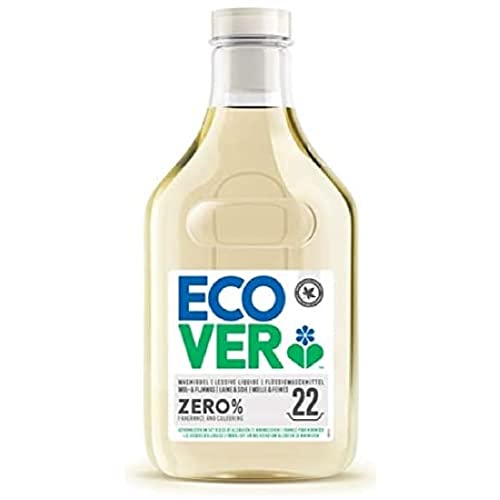
Karina and I are both big fans of Ecover. She says, ‘This is a go-to for anyone looking to eliminate unnecessary additives. It’s fragrance-free, dye-free, and made with plant-based ingredients, which makes it great for sensitive skin and households with kids or allergies. I love how effective it is at removing tough stains while still being gentle on fabrics – no harsh scent, just clean clothes.’ There's an Ecover powder laundry detergent too.
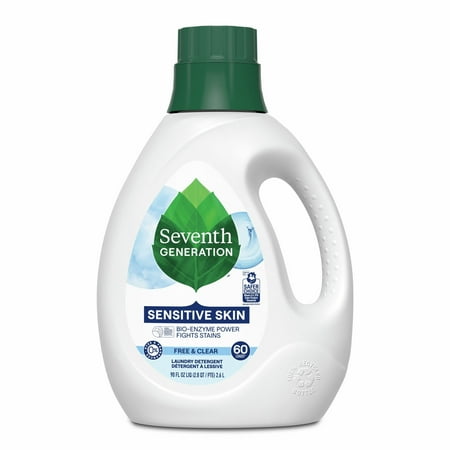
Karina says, ‘This is another excellent choice also free from dyes, fragrances, and optical brighteners. It’s EPA Safer Choice certified and works well even in cold water cycles. It’s one of the best for everyday use if you're trying to keep your laundry routine non-toxic and cleaning environmentally friendly. I've recommended it often for clients dealing with skin sensitivities or who want to streamline their cleaning with fewer chemicals.
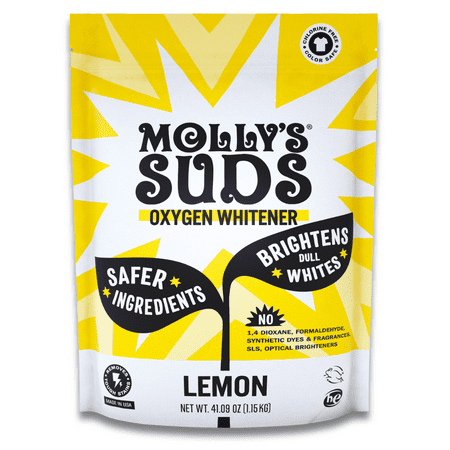
This is Matt’s favorite alternative. He says, ‘It’s my best dye-free oxygen bleach alternative that's also free from color enzymes. I rate it so highly because it’s made with just five ingredients: sodium percarbonate, sodium carbonate, mineral-based surfactant, sodium metasilicate, and plant-based food-grade enzymes.'
Meet the experts
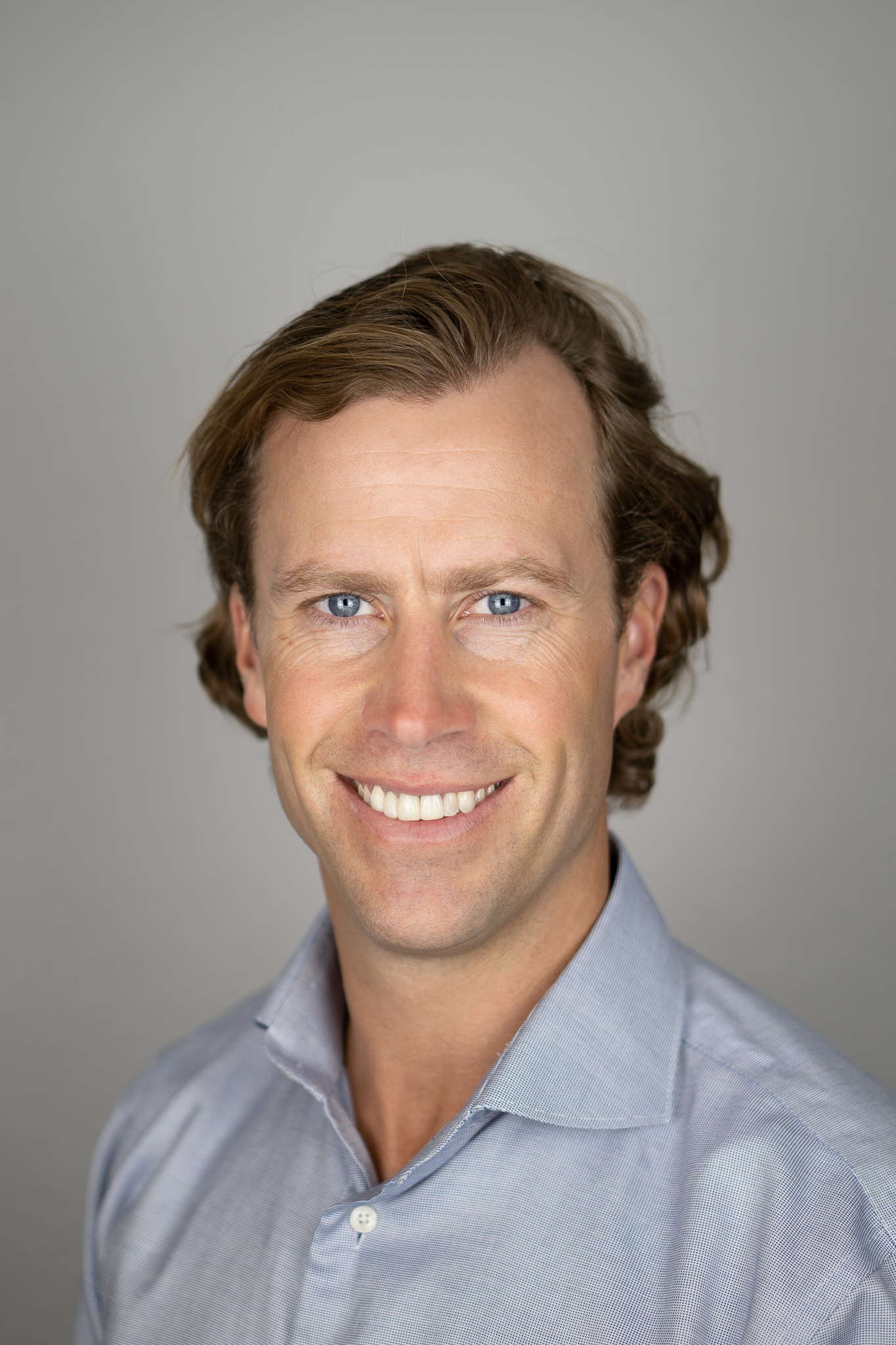
Matt's company processes tons of laundry annually. They vet and use the best hypoallergenic, dye-free, unscented detergents to ensure their clients' clothes are cleaned gently and remain safe for sensitive skin. Previous to starting NoScrubs, Matt worked at Amazon and Instacart before founding AdQuick.com.
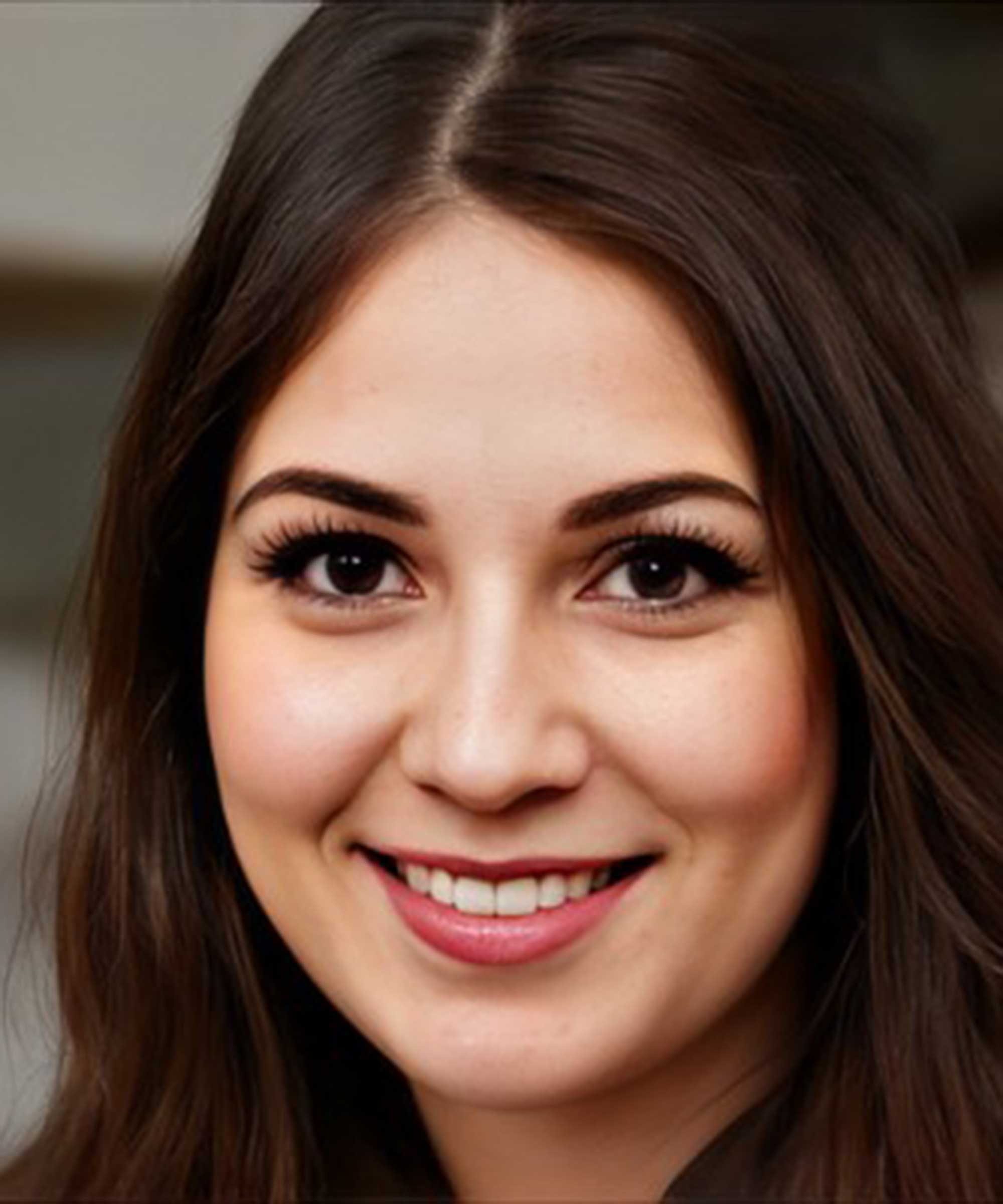
Karina Toner is a professional cleaner with more than six years of industry experience, and is now operations manager at top Washington cleaning company, Spekless. She has extensive experience writing and providing expert cleaning insight, including here at Homes & Gardens, and is a champion of non-toxic cleaning, not just in clients' homes but her own too, stating, there's little 'natural cleaning products can't do'.

Bruce is a board certified toxicologist with over 30 years of industry experience managing product safety and global materials compliance programs with large organizations, including Whirlpool Corporation, ExxonMobil, the American Petroleum Institute, and the U.S. Air Force. He has broad knowledge of global product compliance (including REACH, RoHS, and Proposition 65), food and beverage regulations, FDA and USDA standards, and more. Bruce holds a Ph.D. in Biochemistry and Molecular Biology from Wesleyan University.
Brushing up on how to avoid greenwashing when choosing cleaning products will also help you steer clear of companies whose claims about their products being non-toxic or environmentally-friendly are misleading.
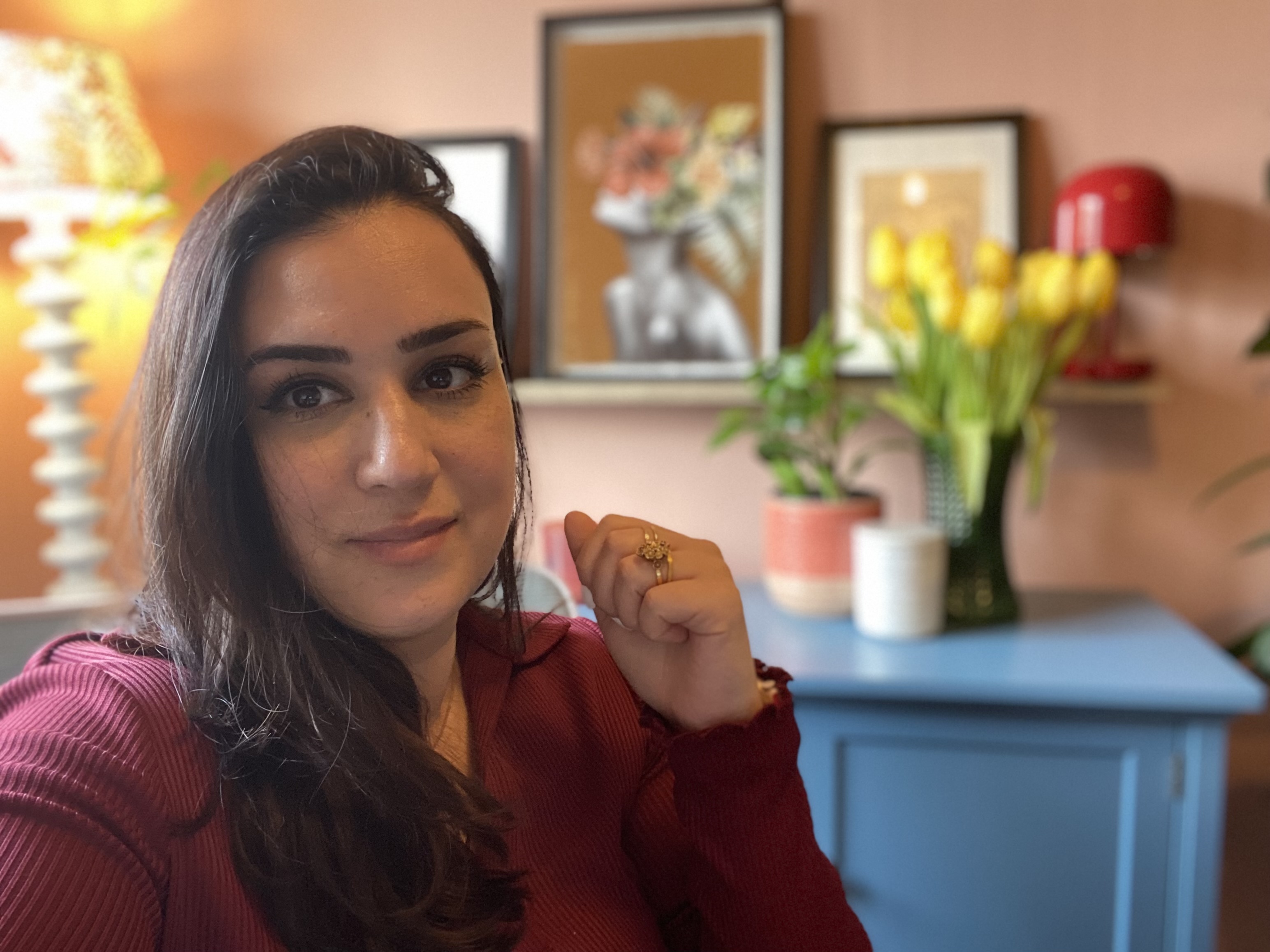
Punteha was editor of Real Homes before joining Homes and Gardens. She has written and edited wellbeing, lifestyle, and consumer pieces for the national press for 17 years, working across print and digital newspapers and magazines. She’s a Sunday Times bestselling ghostwriter, former BBC Good Food columnist and founding editor of independent magazine, lacunavoices.com. Punteha loves keeping her home clean, has tested and reviewed the latest robot vacuums and video doorbells, enjoys cooking, DIY, decluttering and spending weekends improving her newly-built home. Punteha is disabled and in chronic pain, so small, paced projects that bring big impact and make her household run smoothly are her focus.